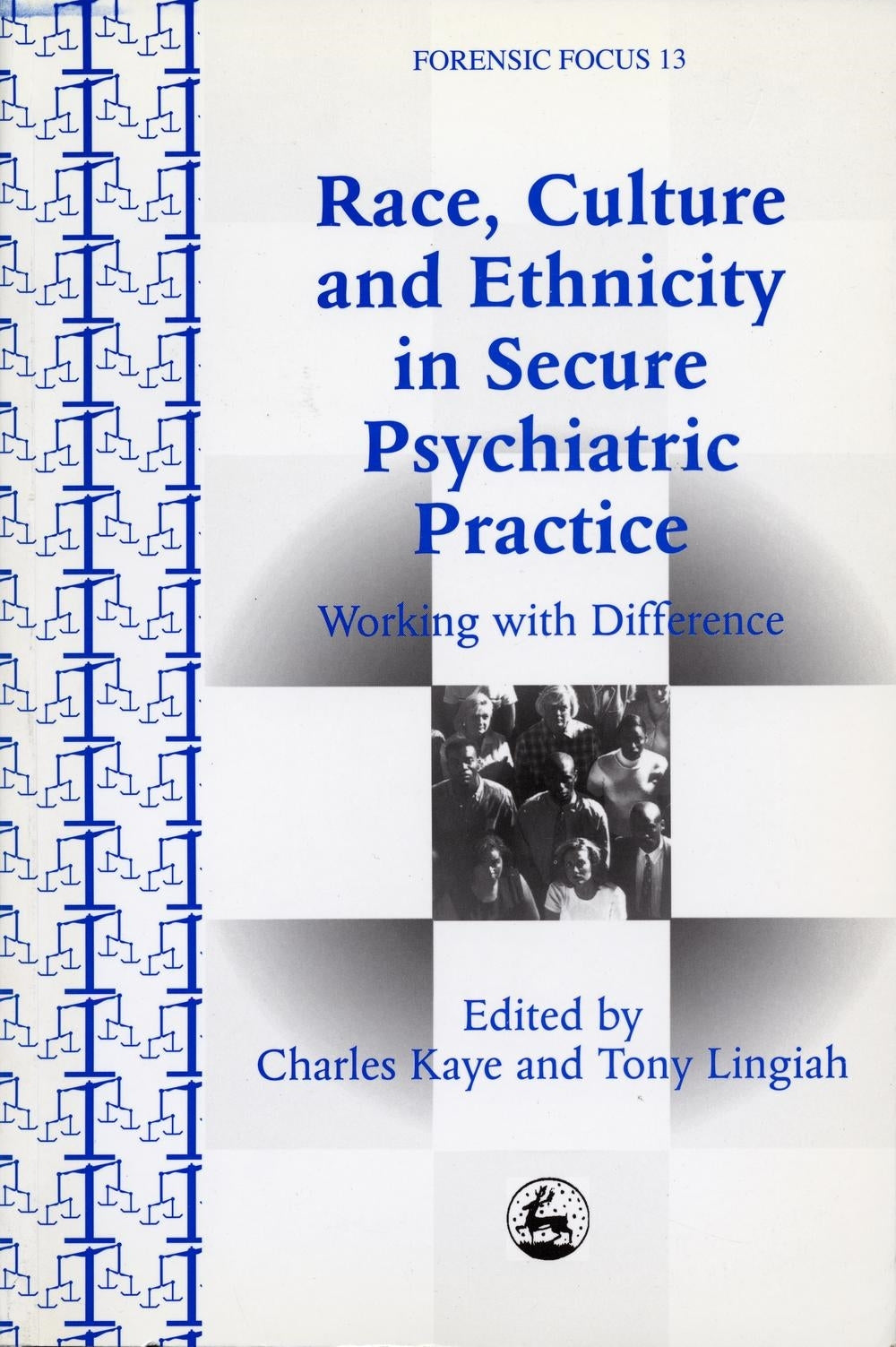
Press Reviews
Transcultural Society
Its mixture of essays and poetry intersperses the personal and the political, and in so doing helps to underscore the rich and multi-layered issues that frame black and minority ethnic people's lives -both in the mental health system and more broadly...Its not a moment too soon.
British Journal of Psychiatry
I would encourage forensic practitioners to read this book. It contains some outstanding individual contributions, answers to specific cultural questions and provides resources to help address racial issues in secure services, in the form of policy statements and audit protocols from Broadmore Hospital.
Nursing Times
This book addresses issues such as anti discriminatory training, diet, religious and spiritual needs. These are not addressed in a practical sense in most psychiatric secure units, and it is commendable that they are covered in this book. The editors also deal with an unprecedented, though very much welcomed, area; the experience of black staff at work. This is one of the most controversial issues in nursing generally. There were no attempts by the editors to water down the grim reality of the situation as experienced by many black staff at work. The discussion on racism from patients must also be singled out. All too often, those who are in a position to make a difference dance nervously around this issue. It is a relief to see this book addressing the problem and making suggestions to bring about change...I hope that this book will help health professionals to find a way through this hummocky terrain.
Health Service Journal
Its strength lies in two areas. The first is the editor's ability to have assembled a number of different voices. This aids its overall impact and helps to drive home the message that focusing on race, culture and ethnicity should be on everyone's agenda - not least consultant psychiatrists ...The second point worth noting is the books' accessibility. Its mix of essays and poetry intersperses the personal and the political. This helps to underscore the rich and multi-layered aspects which frame black and minority ethnic people's lives - in the mental health system and more broadly.
Mental Health Care
Kaye and Lingiah have done justice to this most difficult of issues facing secure psychiatric services. The justice concerns the three main aspects of this book. The first relates to the way the contributors approach their topic, in a bright, refreshing yet serious manner that adds a "newness" to the debate. Second, they do not shirk the sensitive issue of the relationship between cultural difference and societal expectations. Rather than simply laying blame for failings, the contributors discuss the issues of causation in a thoughtful and provocative way. Third, they attempt to provide some suggestions as to how we may begin to address the problems of prejudice in forensic practice, and these suggestions are practical and realistic. The editors should be applauded for producing such a well structured and meaningful text that focuses fresh attention on a longstanding problem. The structure is logical, dealing first with structures and power relating to the notion of difference and moving on to cover ways of achieving a better balance via change and development.'
